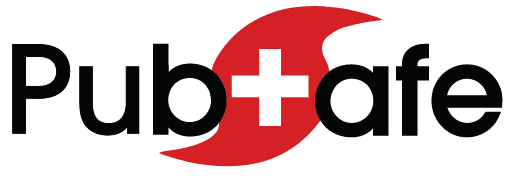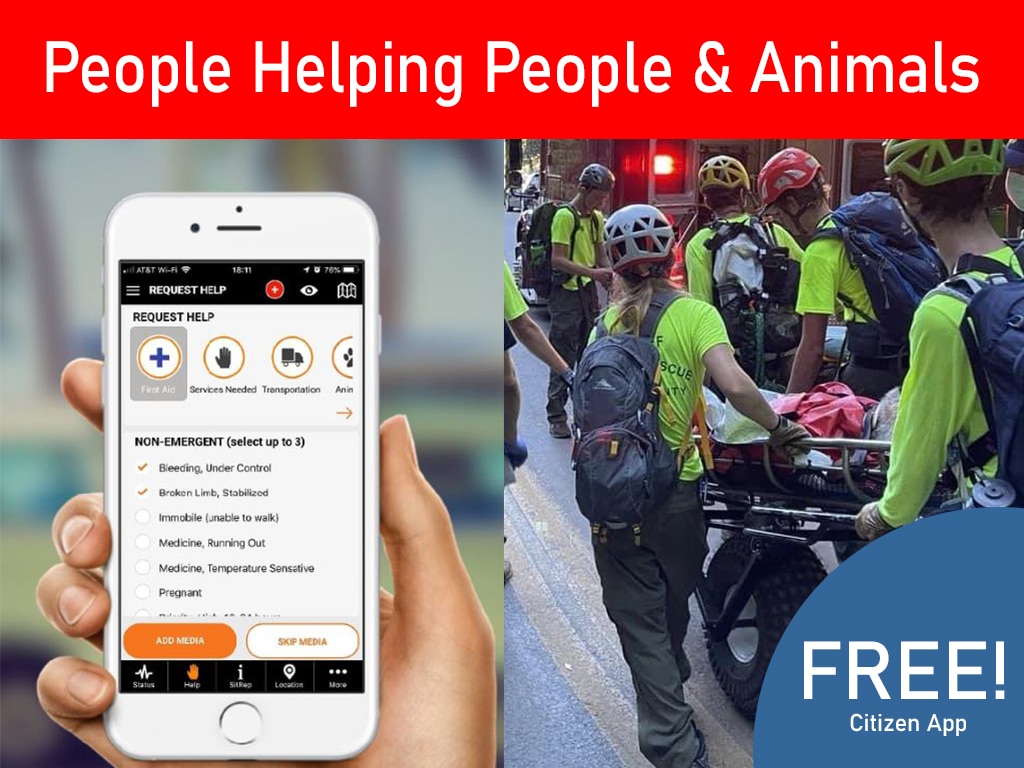
Leveraging the Human Spirit
This picture tells the story of civilian crisis response. Regardless of the government’s ambitions, it’s impossible for it to accomplish everything. Everyday people and NGOs are an essential element to a large scale disaster response. The question is how to incorporate civilians to be a safe and effective part of disaster response or emergency response. Historically the core issue is trying to manage the 1%. For every 100 successful civilian led rescues, 1 will go bad. The same holds true for professional responders because life is not perfect.

With a zero defect mentality, the 99 positive outcomes would never happen. The 99 are sacrificed to avoid bad press or injury of 1. As a practical matter this is an unfortunate, but acceptable, outcome. Politicians, sheriffs and city councils need to take the heat for the 1 and focus on the 99. The media needs to sensationalize the positive outcomes, and downplay the negative.
How can civilians and NGOs be incorporated?
The goal should be funneling the appropriate situations that require fewer skills, resources and risk to civilian disaster response teams. Enabling them to use initiative, civilian skills and common sense to handle “lower level” public safety situations improves overall outcomes. This frees government personnel to handle high risk, high skill, rescues as long as their resources are sufficient. When government resources run out, civilians (preferably with NGOs and prior experience), need to be looped in. There is no reason to have 1,000 help requests that cannot be serviced and hundreds of volunteers/NGOs standing by to help. Many NGOs have more experience than government trainers personnel.
The trick is management of the help requests and the movement of information. Well funded professionals often don’t have the communication equipment or data sharing services to work together. How can NGOs and civilian disaster response be expected to be looped in while maintaining security?
The issue becomes more complex when teams and civilians from one region assist in another, due to variations in technology, accessibility, politics, and Standard Operating Procedures (SOPs).
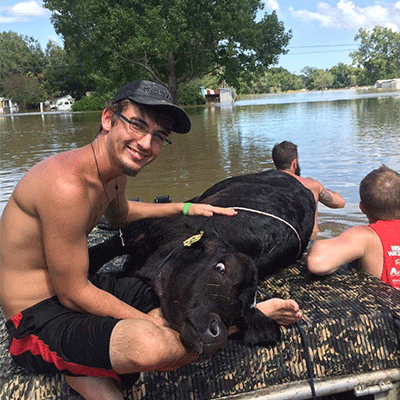
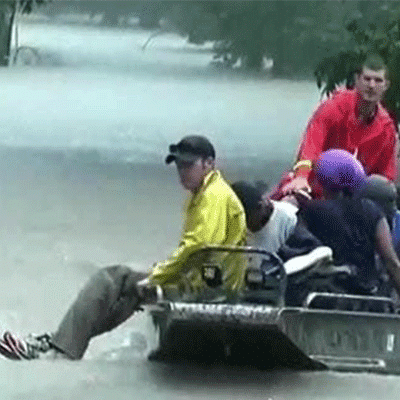
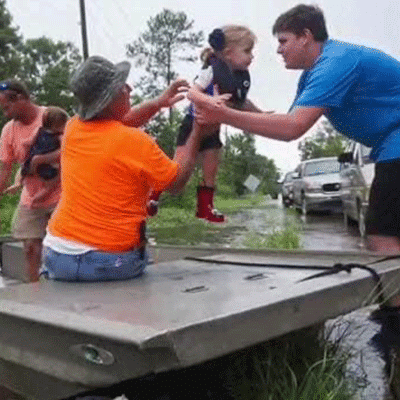
The answer starts with a unified platform with a single pane of glass (web portal).
A unified platform, unaffected by budgets, political borders, or political issues, can efficiently manage and deliver information to the right people at the right time. Information can be passed between civilians, NGOs, governments, and corporate partners…in real time.
What are the challenges to this model?
This model is dependent on cellular communication which often suffers in a major disaster, mostly hurricanes. Wildfires, tornadoes, famine, and other disasters are unaffected by this. There has been great strides in network resilience and mobile networks but it is not consistent or evenly distributed. A combination of cell and satellite communication helps gap the downtime but this can be expensive.
Politics is involved.
Politics at the city, county, state and federal level. Politics are also part of NGOs who compete for opportunities to be involved. Rooted in the politics is most often the desire to help people but avoid seeing the 1% in the news. Letting go of our egos and some control enables others to step up and do what needs to be done. Threatening to arrest volunteers at the expense of victims creates friction and ill will between the groups. It perpetuates feelings of “big brother” and feels like a socialist heavy hand on a free society.
Competing technology, such as platforms like PubSafe, CrowdSource Rescue, and D4 make it more challenging due to the absence of a common standard for information exchange between platforms diminishes the field staff’s efficiency.
These sectors are gradually improving, but the “industry” is far from becoming a smoothly integrated ecosystem.
The role of FEMA is to drive the bus so industry figures out how to solve these problems nationally and globally. The world is getting smaller and these ideas need to seamlessly transfer to a global platform, not one that breaks at the border.
